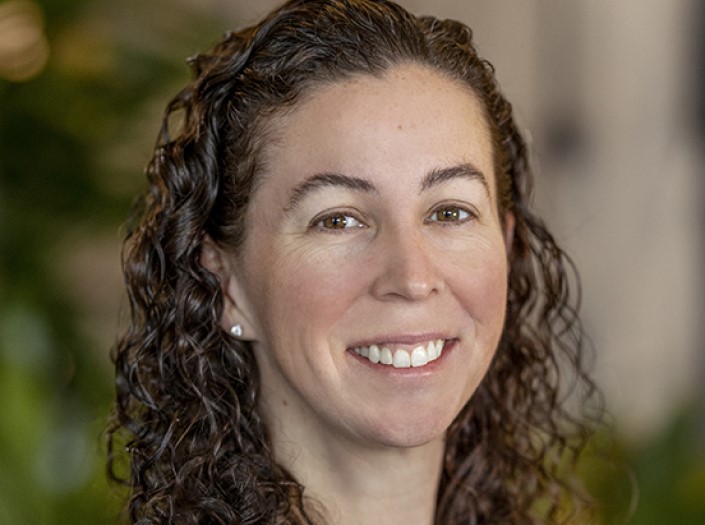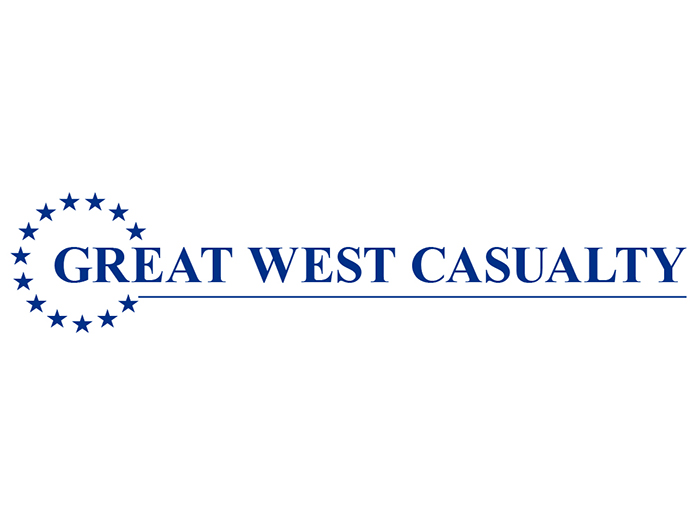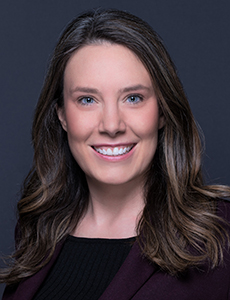Best Rates Commercial Insurance Market Stable Despite Challenges

Despite economic and market volatility, AM Best maintains a stable outlook for the U.S. commercial lines insurance segment, thanks to strong underwriting performance and risk-adjusted pricing strength.
However, commercial lines insurers facing a variety of potential challenges, including elevated casualty claims due to social inflation, high property claims costs and escalating geopolitical risks following U.S. elections, according to the rating agency.
The U.S. commercial lines insurance segment has demonstrated remarkable resilience in the face of economic volatility and market challenges, according to AM Best’s sector analysis. Insurers in this space have maintained strong underwriting performance, with combined ratios averaging in the mid-90s over the past three years.
This favorable outcome is largely driven by moderate pricing gains across most lines of business. Additionally, growth in net premiums written has been bolstered by the overall strength of the U.S. economy, the report stated. These factors have contributed to a stable outlook for the industry, despite the complex risk landscape.
One key element supporting the robust performance has been the benefit of net favorable prior year reserve development. This trend has been particularly evident in the workers’ compensation sector, where better-than-expected loss experience, primarily related to frequency, has played a significant role, AM Best noted. However, this positive development has been partially offset by social inflation pressures affecting casualty lines, presenting an ongoing challenge for insurers.
“Our expectation is that the U.S. commercial lines segment will remain profitable in the aggregate and will be resilient in the face of near- and longer-term challenges,” said Alan Murray, director of AM Best.
The commercial lines market is also witnessing a shift in risk distribution. Admitted carriers are maintaining a cautious approach to both property and liability lines, leading to a significant flow of commercial insurance buyers seeking coverage in the excess and surplus (E&S) market, the rating agency observed. This trend has resulted in favorable deal flow for E&S insurers, which are benefiting from the increased demand.
The migration to the E&S market is particularly noticeable in high-risk and catastrophe-exposed coverages. Lines such as commercial auto and directors & officers (D&O) liability are increasingly being offered through E&S channels.
As the commercial lines segment navigates these market dynamics, insurers continue to leverage technology and innovative products to enhance their underwriting and pricing decisions. This focus on innovation is enabling greater visibility into profitability at the account level, allowing for more precise risk assessment and pricing strategies, AM Best stated.
Property Market Conditions Easing
The commercial property insurance market is showing signs of relief after a prolonged period of stringent conditions, according to the report. Premium growth rates, which soared to the high teens in 2023, have now declined to high single-digit percentages. This moderation is largely attributed to the stabilization in reinsurance costs and capacity, providing a welcome respite for commercial insurance policyholders, who can expect improved premium rate stability.
The impact of recent natural disasters, such as Hurricanes Helene and Milton in the latter half of the year, will likely ensure continued firmness in reinsurance renewal pricing and terms for 2025. However, these events are not expected to trigger the “shock rate adjustments” witnessed in 2023, according to AM Best.
“With property reinsurance expected to remain relatively stable in 2025, non-life reinsurers have diverted much of their focus to casualty renewals,” Murray said.
Casualty Segment Facing Increased Claims Frequency and Severity
In contrast to an easing commercial property market, the casualty segment is grappling with significant challenges. Recent years have seen a notable uptick in claims frequency and severity, driving up loss ratios and subsequently premiums across most casualty lines. This trend is particularly evident in commercial auto and product liability, where the risk of rising nuclear verdicts — jury verdicts greater $10 million — fueled by third-party litigation financing is heightened, the report noted.
Despite these pressures on casualty lines, workers’ compensation remains a bright spot in the casualty segment. It continues to be the most profitable of all property and casualty lines, poised to enter its second consecutive decade of uninterrupted underwriting gains. The robust performance of workers’ compensation is effectively offsetting the deterioration in general liability and auto liability programs.
Pricing Trends Varying Across Major Commercial Lines
The commercial insurance landscape is experiencing diverse pricing trends across its major lines. While most lines are seeing continued rate increases, the pace of these hikes is generally slowing. According to the Council of Insurance Agents and Brokers, commercial lines premiums overall rose approximately 5% through the first three quarters of 2024, consistent with prior quarters.
Commercial property rates have grown the most, around 9% as of the third quarter of 2024, though this marks a significant deceleration from the previous year’s 18% increase. Commercial auto continues to see consistent quarterly premium rate increases in the high single-digit percentage range, while general liability is experiencing more modest but still favorable changes in the 5% range.
In contrast, workers’ compensation premiums in this line have continued to decline modestly, by 1% to 2% per quarter, reflecting a long-term trend. Despite these rate decreases, the profitability of the workers’ compensation line remains favorable, buoyed by higher payrolls and favorable reserve development from prior years, according to AM Best.
Key Challenges and Industry Responses
The U.S. commercial lines insurance industry faces an expanding definition of natural catastrophe risk. Traditional perils like earthquakes, floods, and windstorms in high-hazard zones are now joined by secondary perils such as severe convective storms, wildfires, and winter freezes. These secondary perils have been the primary drivers of insured losses in recent years, AM Best noted.
Additionally, emerging sources of liability are reshaping the risk landscape. Climate-related casualty litigation is on the rise, while concerns over “forever chemicals” known as PFAS (per- and polyfluoroalkyl substances) are creating new potential liabilities for insurers and their clients, according to the report.
“The emergence of new sources of liability is an ever-present exposure for commercial casualty insurers, particularly latent risks in emerging products and technologies, which could result in financial losses to insurers and insureds,” AM Best commented. “Worsening litigation trends and skepticism against insurers and corporations could result in verdicts that could balloon to significant amounts, as demonstrated by asbestos losses.”
Investment in Technology and Analytics
To address these challenges, insurers are doubling down on technology and analytics. The focus is increasingly on predictive analytics and artificial intelligence for improved risk selection and pricing.
“Firms that can bring value-added data solutions and the ability to combine data sets in ways that create real value for underwriters, claims adjusters, and actuarial analytics will benefit. One example is aerial imagery that can examine roof lines to see if a building has changed; another is in the world of IoT (Internet of Things) devices and data collection,” the report noted.
Telematics and other behavioral-based data gathering tools are being employed to better match price with risk and provide real-time, individual risk-adjusted ratemaking.
Insurers are also leveraging technology to enhance operational efficiency and distribution reach. There’s a growing emphasis on process automation and embedded insurance solutions. The industry seems particularly willing to invest in devices and insurtech solutions that offer risk mitigation capabilities and provide valuable data for both customers and risk management, the report said.
Obtain the full report here. &











